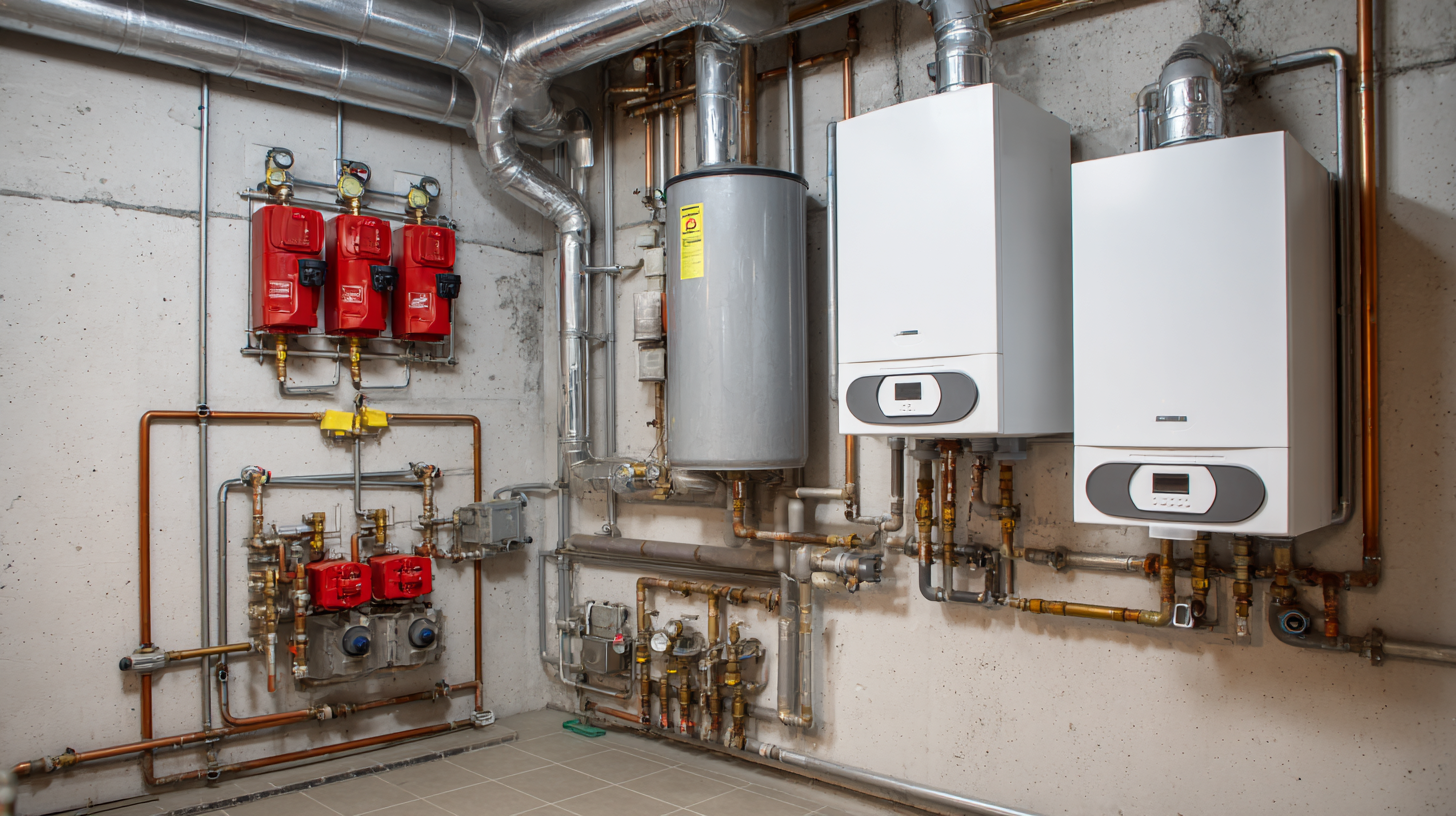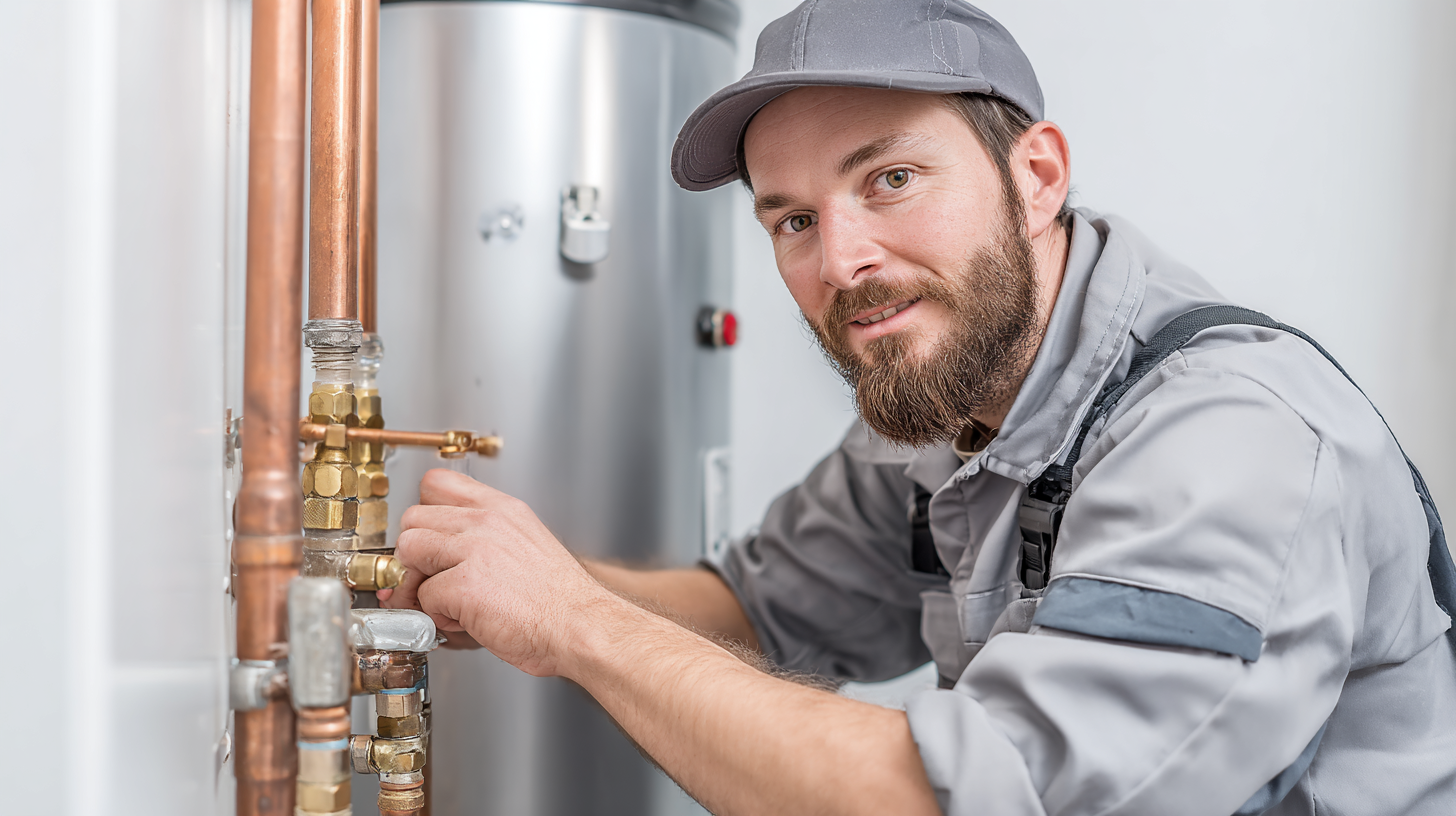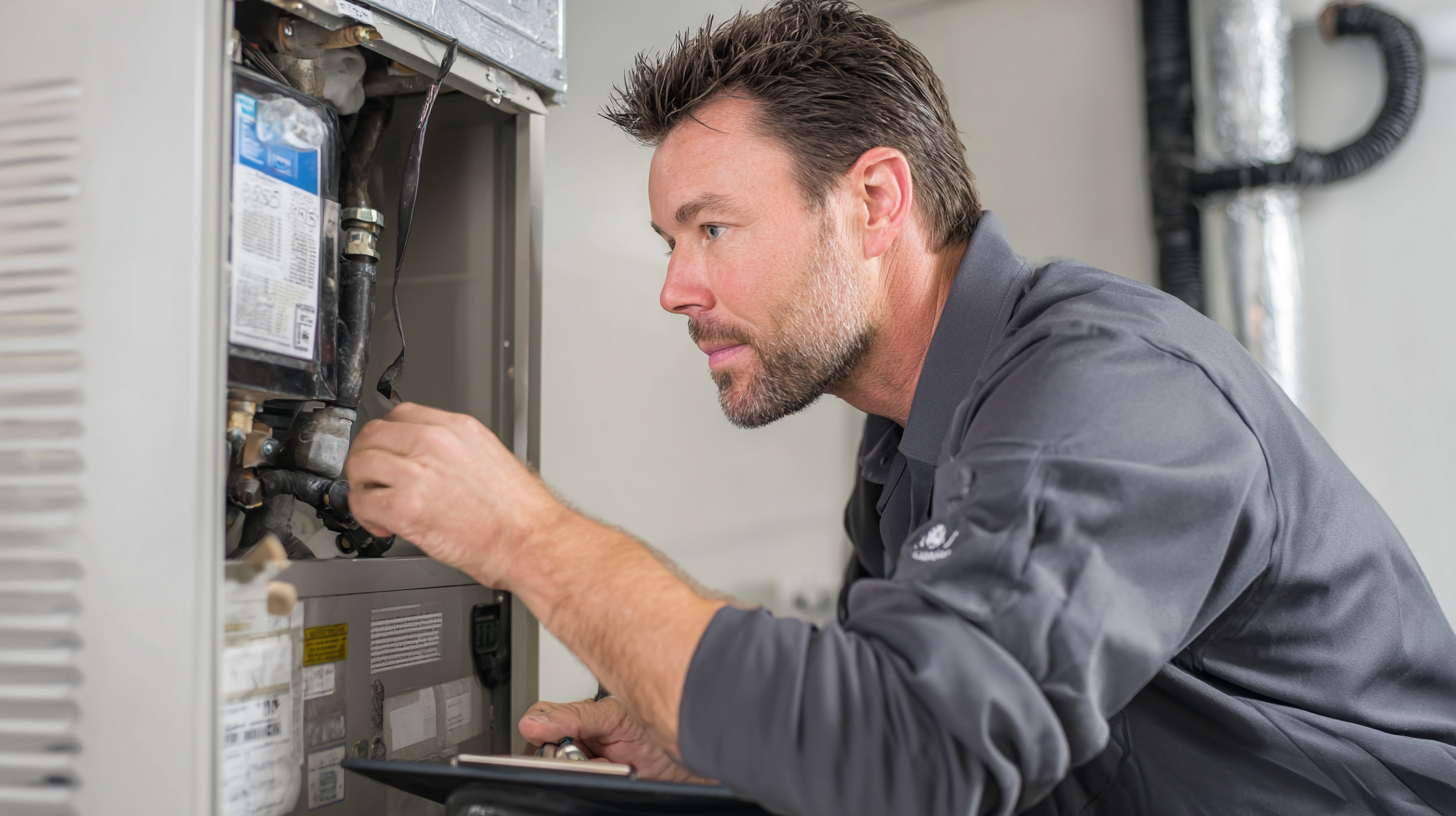In an era where indoor air quality has become paramount, mastering HVAC humidifier installation is essential for homeowners aiming to create a comfortable living environment. According to the Environmental Protection Agency, indoor air can be two to five times more polluted than outdoor air, making effective humidity control crucial. Additionally, the American Society of Heating, Refrigerating and Air-Conditioning Engineers reports that maintaining relative humidity levels between 30-50% can significantly improve health and comfort while reducing respiratory issues. With the right knowledge and techniques, homeowners can enhance their HVAC systems not only for optimal performance but also to promote wellbeing. This blog will unveil seven essential secrets that will empower you to master the intricacies of HVAC humidifier installation, ensuring you achieve a healthier, more comfortable home effectively and efficiently.

Indoor air quality (IAQ) is a crucial aspect of maintaining a healthy living environment, and HVAC humidifiers play a significant role in this regard. According to the Environmental Protection Agency (EPA), indoor air can be two to five times more polluted than outdoor air. Dry indoor air can exacerbate respiratory issues, dry skin, and allergies. By maintaining optimal humidity levels between 30-50%, HVAC humidifiers help alleviate these problems, ensuring comfort and promoting health.
Tip: Regular maintenance of your HVAC humidifier is essential. Clean the unit every few weeks to prevent mold and bacteria buildup, which can worsen IAQ rather than improve it.
Another aspect to consider is that optimal humidity can help preserve your home's structure and furnishings. Excessively dry air can cause wooden furniture and flooring to crack and warp. The American Society of Heating, Refrigerating and Air-Conditioning Engineers (ASHRAE) recommends controlling humidity levels not only for comfort but also to enhance the efficiency of heating and cooling systems.
Tip: Use a hygrometer to monitor indoor humidity levels. This way, you can adjust your HVAC humidifier settings accordingly to ensure a stable and comfortable environment.
| Dimension | Data |
|---|---|
| Optimal Humidity Level | 30-50% |
| Common Humidifier Types | Console, Whole-House, Portable |
| Installation Cost Range | $300 - $800 |
| Average Lifespan of Humidifiers | 5-10 years |
| Benefits of Proper Installation | Improved Air Quality, Reduced Allergies, Enhanced Comfort |
| Maintenance Frequency | Every 1-3 months |
| Common Installation Mistakes | Incorrect Sizing, Inadequate Drainage, Improper Placement |
Humidity control plays a crucial role in energy efficiency and can lead to significant cost savings for homeowners. According to the Environmental Protection Agency (EPA), proactively managing indoor humidity levels can improve energy efficiency by up to 20%. When humidity is properly regulated, heating and cooling systems work more effectively, reducing the strain on HVAC units and minimizing energy consumption. This is particularly important in extreme weather conditions, where maintaining optimal humidity levels helps to keep indoor environments comfortable while conserving energy.
A well-installed humidifier not only enhances comfort but also helps to protect home infrastructure. The American Society of Heating, Refrigerating and Air-Conditioning Engineers (ASHRAE) recommends maintaining indoor relative humidity levels between 30% and 50%. This range helps prevent problems like mold growth and structural damage, which can be costly to repair. Furthermore, a study by the National Institute of Standards and Technology (NIST) indicates that proper humidity control can extend the lifespan of HVAC systems by reducing operational wear and tear. By integrating a high-quality humidifier into your HVAC system, you invest in both energy efficiency and long-term savings.

When it comes to maximizing the performance of your HVAC humidifier, understanding key installation techniques is essential. Proper placement is one of the most critical factors. Ideally, the humidifier should be installed as close to the center of the home’s airflow as possible. This ensures an even distribution of moisture throughout the living space, preventing areas from becoming overly dry or excessively humid. Additionally, choosing the right type of humidifier—whether warm mist, cool mist, or evaporative—based on your home’s requirements can have a significant impact on humidity levels and overall comfort.
Another vital technique is ensuring that the ductwork is correctly sealed. Leaky ducts can compromise the performance of your humidifier by allowing moisture to escape before it reaches the intended areas. Insulating ducts can also help maintain the humidity levels and improve efficiency, particularly in colder climates. Finally, regular maintenance and filter changes are crucial to keep your humidifier working efficiently. Clean filters help maximize airflow and prevent bacteria buildup, ensuring that your indoor air quality remains high while providing the desired humidity levels. By incorporating these key installation techniques, you can significantly enhance the performance of your HVAC humidifier and create a more comfortable living environment.
Installing an HVAC humidifier can significantly enhance indoor air quality, but several common mistakes can hinder its effectiveness. One prevalent error is improper sizing of the humidifier. Choosing a unit that is too small may fail to adequately humidify your space, while an oversized model can lead to excessive moisture, promoting mold growth and structural damage. It's crucial to assess the square footage of your area and select a humidifier that aligns with your specific needs.
Another mistake often made during installation is neglecting to place the humidifier in an optimal location. Ideal placement is key to ensuring even humidity distribution throughout the space. Many homeowners mistakenly install the humidifier too close to walls or furniture, which can obstruct airflow and diminish performance. Additionally, overlooking the need for proper duct sealing can lead to significant humidity loss. Ensuring that all ducts are sealed and insulated helps maintain the efficiency of your humidifier, providing a more consistent and comfortable environment. Taking these factors into account will pave the way for a successful HVAC humidifier installation.
Proper maintenance of HVAC humidifiers is crucial to ensure their longevity and optimal function. According to a 2022 report by the American Society of Heating, Refrigerating and Air-Conditioning Engineers (ASHRAE), regular maintenance can increase the efficiency of humidifiers by up to 20%. This efficiency boost not only enhances indoor air quality but also reduces energy consumption, leading to significant cost savings on utility bills. Ensuring that the humidifier's filter is cleaned or replaced according to the manufacturer's guidelines can greatly affect performance, as clogged filters can lead to decreased moisture output and potential system wear.

In addition to regular filter maintenance, it is essential to monitor the water quality used in humidifiers. A study by the Indoor Air Quality Association indicates that using distilled water can help prevent mineral buildup in the unit, which is a common cause of malfunctions. Keeping the humidifier clean and free from contaminants not only promotes healthier air quality but also extends the lifespan of the unit. Performing routine inspections for leaks, ensuring proper drainage, and checking for any signs of mold or mildew can further enhance the efficiency and reliability of HVAC humidifiers, ensuring they provide the desired comfort year-round.